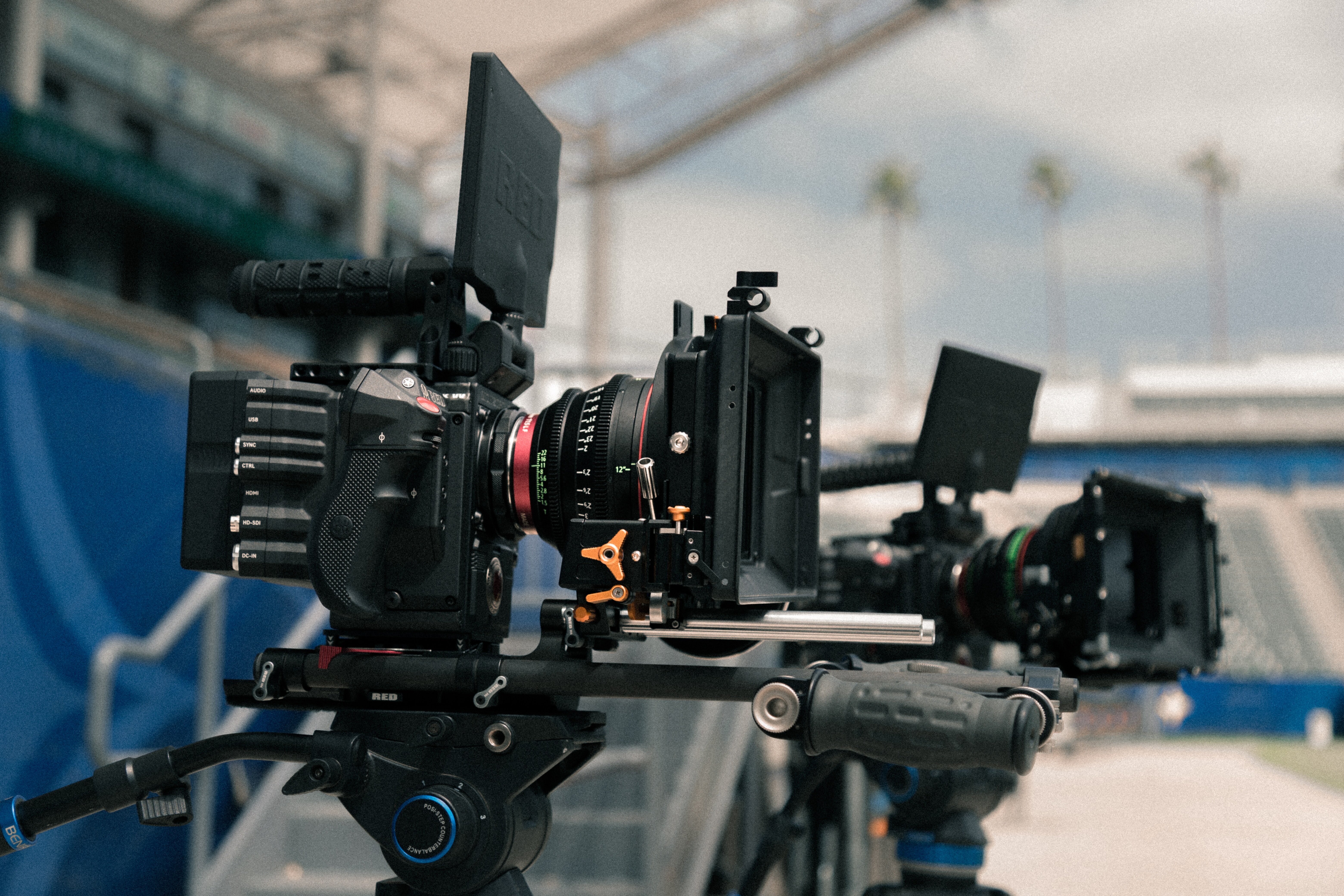Freeware Video Players in 2024 How VLC's Latest Update Enhances AI-Upscaled Content Playback

The perennial question among digital media enthusiasts, especially those working with artificially sharpened legacy footage, always circles back to the playback engine. We spend considerable time fine-tuning algorithms, running inference models, and generating those crisp, high-resolution streams, only to have a mediocre player mangle the carefully reconstructed detail. It's a frustrating bottleneck; you've achieved near-photorealism in the rendering pipeline, but the final mile—the actual viewing experience—remains subject to the whims of often outdated software defaults. This disconnect between high-fidelity source processing and standard playback capabilities has long been a quiet irritant in the upscaling community.
I've been tracking the development cycle of several open-source video players, looking specifically for signs that developers are beginning to account for the unique characteristics of AI-processed content—content that often features slightly different noise profiles or temporal characteristics than native high-resolution material. Recently, the latest iteration of a very well-known freeware player dropped, and I immediately focused my attention on the release notes concerning video rendering pipelines and GPU acceleration profiles. What I observed wasn't just standard bug fixing; there appeared to be a subtle but important architectural shift in how it handles high bit-depth, interpolated frames.
Let's examine what this new version actually seems to be doing differently under the hood when dealing with content that has been pushed through a demanding upscaling process, say, moving from 480p to 4K using a modern generative model. My initial stress tests involved several sequences where the upscaling introduced very fine, almost imperceptible, textural artifacts—patterns that would typically be smoothed over or misinterpreted by older rendering paths trying to force compatibility with standard YUV conversion matrices. This player update appears to include refined shader support specifically tuned to recognize and preserve these newly introduced, high-frequency details rather than treating them as spurious noise requiring aggressive filtering.
I suspect the modification lies within the post-processing chain where the player decides how to map the decoded video buffer onto the display output buffer, particularly when utilizing hardware decoding features. If you are outputting 10-bit color space material generated by an upscaler, older players often default to an aggressive 8-bit clipping mechanism unless explicitly overridden, effectively throwing away the subtle tonal gradients we worked so hard to generate. This updated version seems far more proactive in maintaining that bit depth throughout the rendering stack, resulting in smoother transitions in areas like shadowed fabrics or subtle skin tones that previously exhibited banding when viewed back. Furthermore, the handling of motion compensation, often a weak point when dealing with synthetic temporal data generated by frame interpolation during the upscale, seems improved; I noticed fewer instances of 'ghosting' artifacts around fast-moving edges. This suggests a re-evaluation of how the player interpolates frames *during playback* when the source material already possesses complex, synthesized temporal relationships. It’s not just about playing the file; it’s about respecting the computational journey the pixels have already taken.
The real test for me, however, was performance consistency across various operating systems and GPU architectures, because a playback feature is useless if it causes system instability or frame drops. I ran benchmarks comparing the playback latency and CPU utilization against the previous build while streaming a heavily processed 8K file derived from 720p source material, a scenario that usually stresses CPU decoding threads unnecessarily. What I found was a marked reduction in CPU overhead when using the integrated hardware acceleration paths, suggesting that the new rendering logic is better optimized to keep the heavy lifting on the dedicated video processing units, rather than spilling over into general-purpose CPU cores. This efficiency gain is critical; it means that even on slightly older hardware, users can now experience the full fidelity of their upscaled media without sacrificing system responsiveness for other tasks running concurrently. It suggests a more intelligent resource allocation strategy within the player’s core loop. If this trend continues across other open-source projects, we might finally see playback become a non-issue, allowing us to focus purely on the generation side of high-quality synthetic media.
More Posts from ai-videoupscale.com:
- →How to Use VLC Player's Network Stream Feature for Online Video Playback in 2024
- →VLC Media Player 3021 A Comprehensive Look at the Latest Features and Performance Enhancements
- →VLC 3021 A Deep Dive into the Latest Features for PC Users in 2024
- →How VLC Media Player Enhances AI-Upscaled Video Playback
- →VLC Media Player 3021 A Comprehensive Look at the Latest Features and Download Process
- →A Step-by-Step Guide Using VLC's Built-in Video Upscaler on Mac for Low Resolution Content (2025 Update)